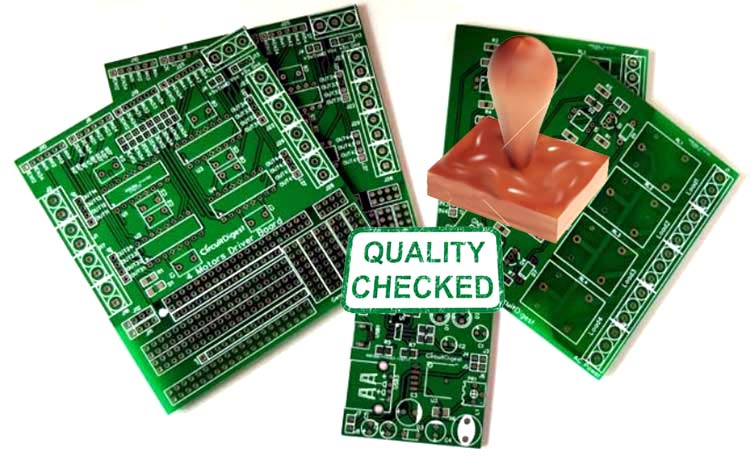Quality control standards for printed circuit board (PCB) assembly are crucial to ensure the reliability and functionality of electronic products. Several standards and guidelines are widely recognized in the electronics industry. Here are some of the key standards related to PCB assembly quality control:

1.IPC Standards:
The Association Connecting Electronics Industries (IPC) is a globally recognized organization that develops standards for the electronics industry. Several IPC standards are relevant to PCB assembly quality control, including:IPC-A-610: Acceptability of Electronic Assemblies - This standard provides visual acceptance criteria for electronic assemblies, including soldering criteria.
IPC-J-STD-001: Requirements for Soldered Electrical and Electronic Assemblies - This standard covers the materials, methods, and verification criteria for producing high-quality soldered interconnections.
IPC-A-600: Acceptability of Printed Boards - This standard focuses on the acceptance criteria for bare printed boards.
IPC-7711/7721: Rework, Modification, and Repair of Electronic Assemblies - These standards cover the repair and rework of electronic assemblies and include guidelines for correcting errors in the assembly process.
2.ISO Standards:
The International Organization for Standardization (ISO) has several standards related to quality management systems that are applicable to PCB assembly:
ISO 9001: Quality Management Systems - Requirements - While not specific to electronics, ISO 9001 provides a framework for implementing and maintaining a quality management system.
ISO 13485: Medical devices - Quality management systems - Requirements for regulatory purposes - Relevant for companies involved in the production of medical electronic devices.
3.J-STD-020 and J-STD-033:
These standards provide guidelines for moisture/reflow sensitivity classification and handling of surface-mount devices (SMDs) before and during the assembly process.
4.ESD Standards:
Electrostatic Discharge Association (ESDA) standards, such as ANSI/ES
RoHS and REACH Compliance:
Compliance with environmental regulations such as Restriction of Hazardous Substances (RoHS) and Registration, Evaluation, Authorization, and Restriction of Chemicals (REACH) ensures that electronic assemblies meet environmental and safety standards.
5.Customer-Specific Requirements:
Many customers may have specific quality standards or requirements. It's essential to be aware of and adhere to these requirements.
It's important to note that standards may be updated, so it's advisable to check for the latest revisions and amendments to ensure compliance. Additionally, industry-specific standards and regulations may apply based on the type of electronic product being manufactured. Regular training for personnel involved in PCB assembly is also critical to maintaining and improving quality control processes.
6.Customer-Specific Requirements:
Many customers may have specific quality standards or requirements. It's essential to be aware of and adhere to these requirements.
It's important to note that standards may be updated, so it's advisable to check for the latest revisions and amendments to ensure compliance. Additionally, industry-specific standards and regulations may apply based on the type of electronic product being manufactured. Regular training for personnel involved in PCB assembly is also critical to maintaining and improving quality control processes.
Get more knowledge about Printed circuit assembly quality control standards please refer to Rigaopcb:https://www.rigaopcb.com/